
Achilles Tendinitis
It is one of the well-known tendons that allow the working of calf muscles, thus making walking
and running possible. It also plays a vital role in foot stability. At the back of the leg, the calf
muscles are attached to the heel bone with the help of this tendon. It is a superficial and
prominent tendon that is readily visible in most individuals.
Achilles tendinitis is the inflammatory condition of the tendon. It mostly occurs in the runners,
especially during periods of extensive training. However, it may also occur in middle-aged or
older adults while playing sports like tennis or even jogging.
Anatomy

It is one of the most well-known tendons, named after the famous Greek mythological character.
It is also one of the strongest tendons in the body as it is responsible for providing stability and
motion to the feet.
The Achilles tendon runs from the center of the leg to the bottom of the foot. It connects the
gastrocnemius and soleus muscles to the heel bone of your foot. Two heads of the
gastrocnemius muscle cross the knee joint, thus helping in the knee and ankle flexion. The soleus
muscle flexes the foot, causing the toes to point downward.
Signs and Symptoms
Achilles tendinitis mainly occurs due to minor tears in the tendon, resulting in its inflammation.
Generally, there is pain and stiffness in the morning that may get better after some time.
However, the more extensive physical movement would worsen the pain due to increased
inflammation. It may cause severe pain in the tendon on the backside of the foot when
exercising.
In chronic conditions, one can see the swelling and thickening of the tendon. If the condition is
not treated, bone spurs may be formed. One may also feel pain in the heel when wearing shoes.
It will often start with sudden pop in the back of the foot. It will be followed by severe pain that
will not go.
Causes
It is a condition that is less related to injury and more due to jerky motions, overstress, inherent
weakness, and other similar conditions. Sudden or quick motion is the primary cause of minor
tears and inflammation of the tendon.
Thus, it is more common in runners who have suddenly increased training intensity or running
distance. In some, low flexibility and calf tightness may also be the cause. In rare cases,
Haglund’s deformity might be the cause – it is a condition characterized by enlargement of the
bone on the back of the heel, causing tendon pain and inflammation.
Risk factors
Old age and chronic disorders are risk factors or predisposing factors. However, in healthy and
physically active individuals, it is more likely to occur due to a sudden increase in training
intensity and also due to quick and careless motion.

Diagnosis
Physical examination
During the physical examination, doctors can elicit pain, inflammation, and swelling at the back
of the heel. In some, there may be bone spurs. Heel pain is made worse by stretching the calf.
This also limits the motion of the ankle.
Imaging
It is a chronic condition that often requires imaging to understand its severity. For example, an
x-ray may help identify the formation of bone spurs. Additionally, there is a calcification of the
tendon in some chronic cases.
Treatment
Home remedies
Home therapy mainly includes applying ice in acute cases. In most cases, rest or taking a break
from sports may help. However, one would need a more extended break of like 3-months for
relief.
Additionally, one can also benefit from calf stretch exercises. Again, there are many such
exercises that can be done readily at home without any specific equipment like wall calf stretch,
heel drop, etc.
Non-surgical treatment
For some individuals, rest and anti-inflammatory drugs may not help. Thus, a local cortisone
injection may provide quick relief but may increase the risk of tendon rupture, and that’s why
many doctors don’t use cortisone injection to treat this condition. Another therapy that may help
could be platelet-rich plasma (PRP) therapy.
Night splinting and wearing supportive shoes are other options for faster relief.
Extracorporeal shock wave therapy may also help promote healing in some chronic conditions
that do not benefit from other treatments. In addition, it is a safe therapy as it uses sound waves
to promote healing.
Surgical treatment
Some people are prone to the condition, or the condition may become worse due to continuous
training. After all, prolonged rest is not an option for all. There are many options like
debridement or cleaning of damaged tissues through surgery in such cases. Many may benefit
from gastrocnemius recession or surgical lengthening of the calf muscle, reducing the tendon’s
stress.
Prevention
Prevention is always the best policy. In this case, calf stretching exercises before an extensive
workout and a good warm-up session may help prevent the injury. Additionally, practicing
proper techniques that avoid sudden and jerky motions may help.
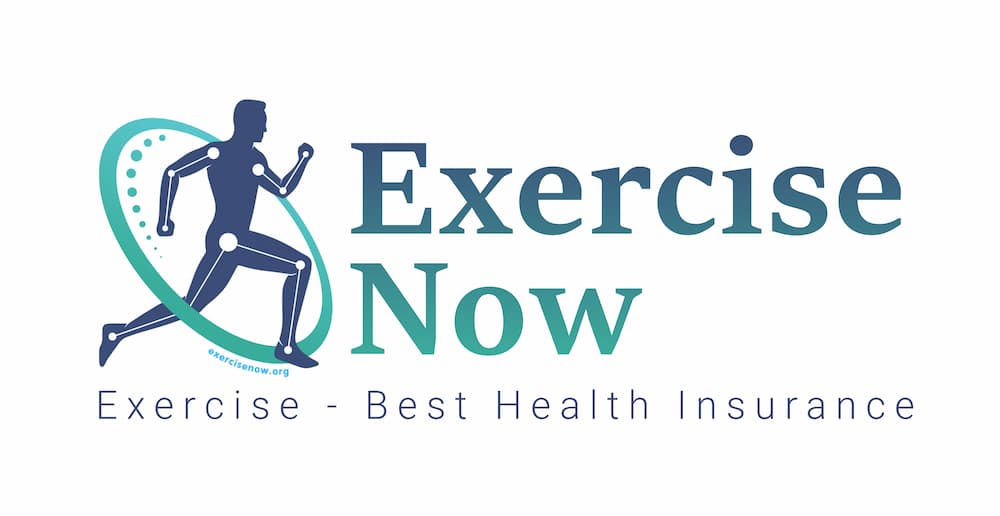

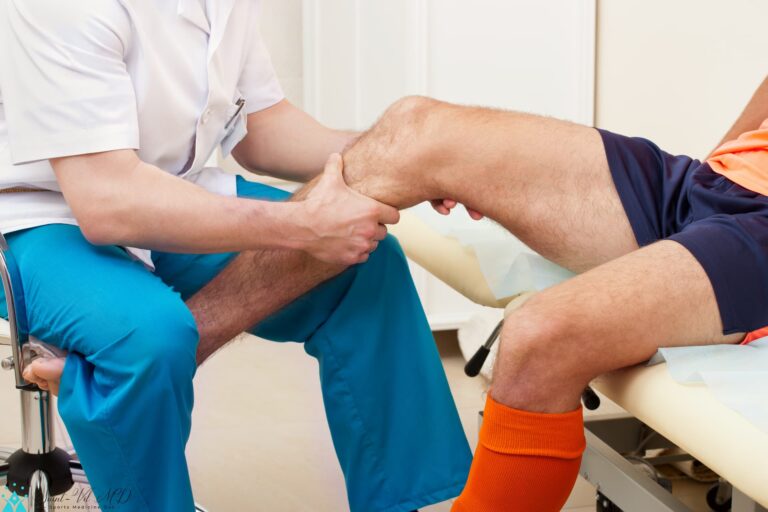

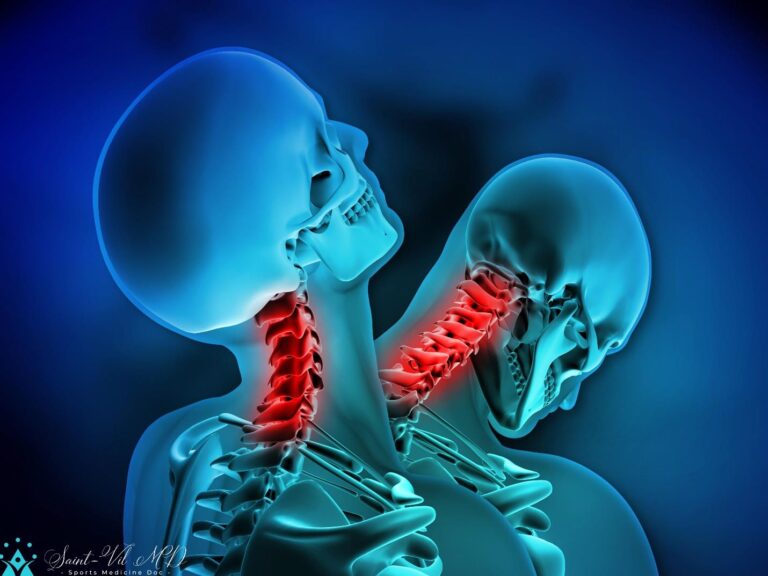
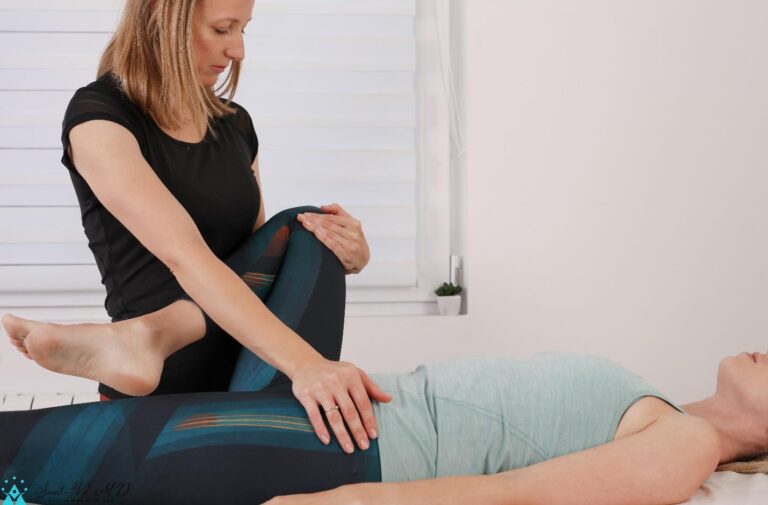

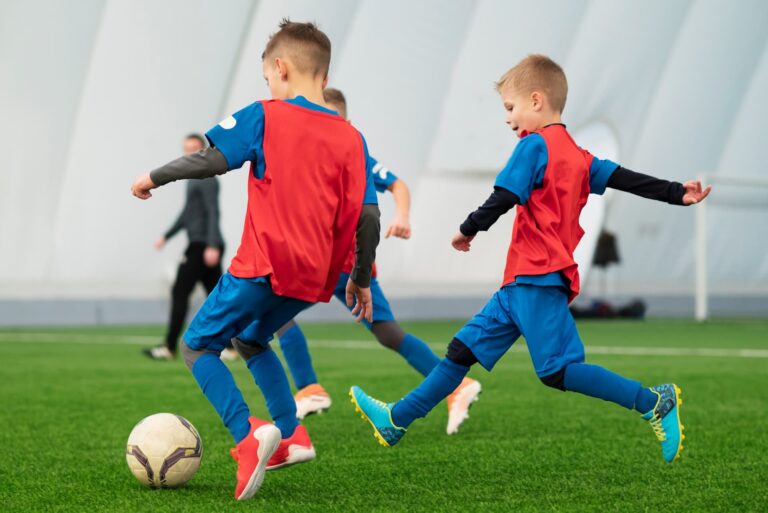



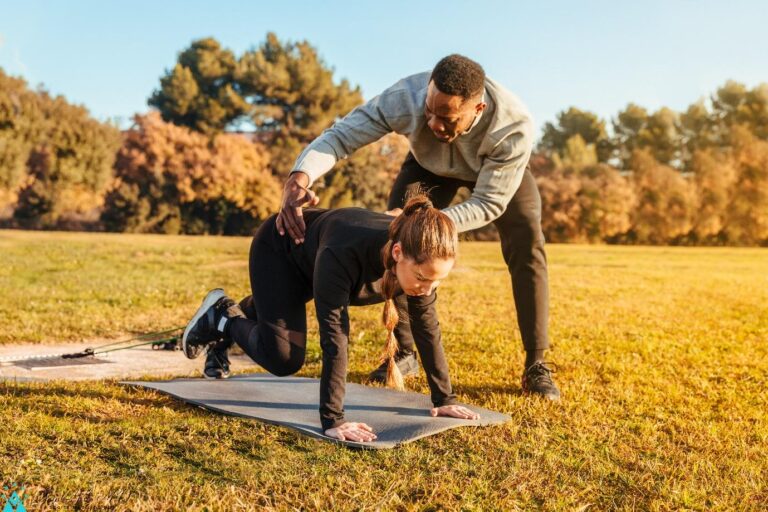


When some one searches for his required thing, so he/she desires to
be available that in detail, so that thing is maintained over here.